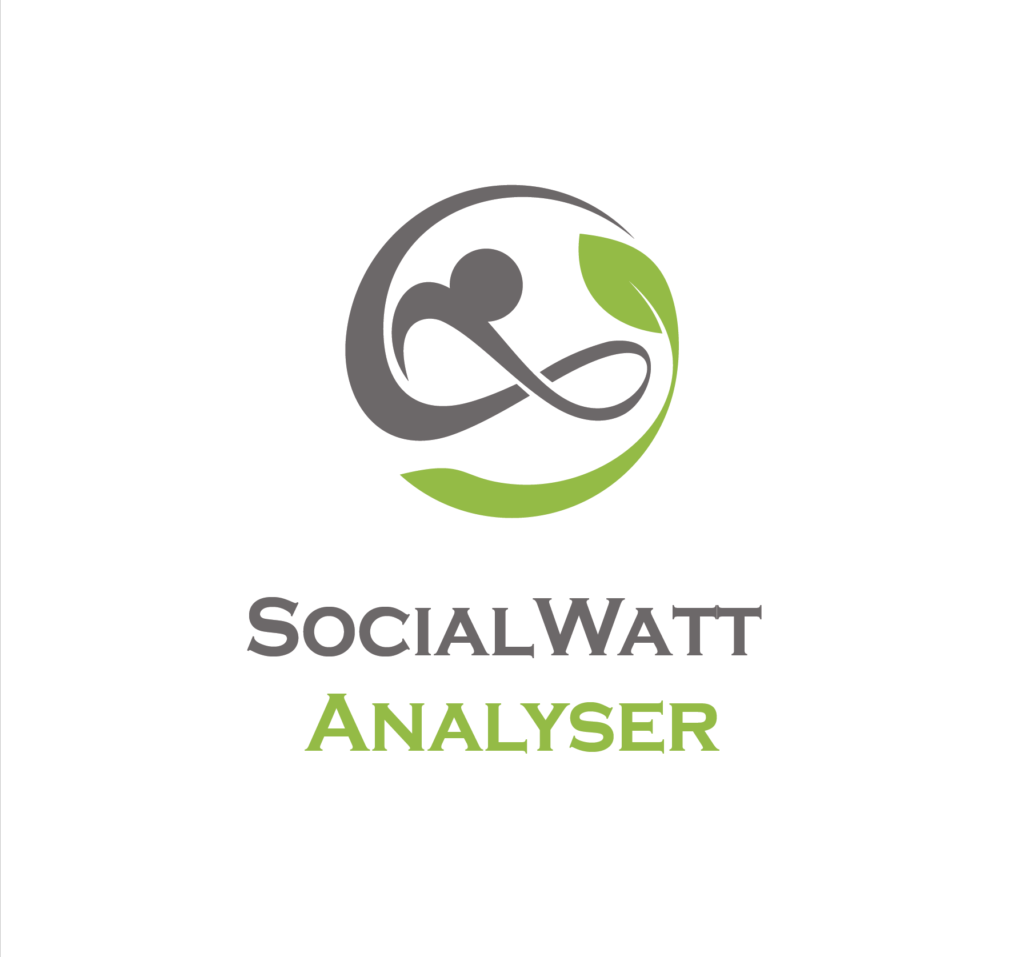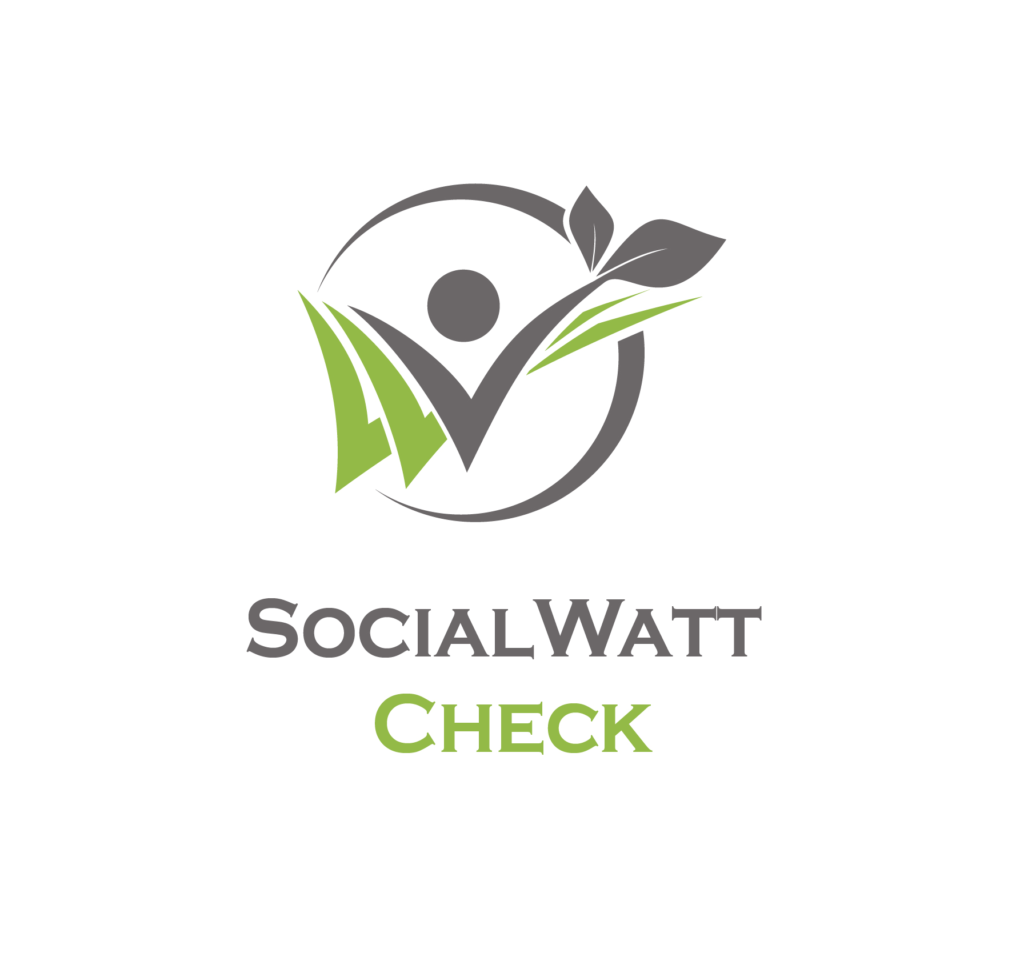Hit enter to search or ESC to closes
Energy savings obligation, monitoring and verification
Publications
Implications of the Fit for 55 Package on Member States’ Energy Saving Obligations Changes to the update following the finalisation of the EPBD
How much energy do behavioural policy measures save? Resources from the BEHAVE conference
Keywords
Flexing the residential energy demand
What are the new societal trends that will shape our future energy demand and how?
Standardized savings calculations within Europe: exchanging practices to streamline theory and practice
Keywords
Circular buildings: Paving the way to a net-zero industry
Overview of energy audit obligations across Europe - Comparing energy audit requirements from 6 EU countries
The SENSEI Project Final Report | Advancements and lessons learned from the first Horizon 2020 project to support the introduction of energy efficiency Pay-for-Performance programmes in Europe
Keywords
Energy demand-side policy needs at European level
Report on model developments to simulate sharing economy and new trends in transport
Report on modeling the interaction of prosumagers and energy markets/ supply side
Keywords
Modeling of prosumagers and energy communities in energy demand models
Keywords
Recommendations for better design of energy-demand modeling based on policy makers’ needs
Keywords
Briefing - Energy Poverty and the future costs under the Energy Efficiency Directive (EED) - What is the role of Article 7 policies?
Identifying New Societal Trends impacting future energy demand
Assessment of energy demand-side models from the perspective of policy makers' needs at European level
Keywords
Statistical learning of residential electricity consumption data
Keywords
Pioneering a performance-based future for energy efficiency: Lessons learnt from a comparative review analysis of pay-for-performance programmes
Keywords
Policy Brief - The role of the Energy Efficiency Directive article 7 in alleviating energy poverty
Status quo of energy poverty and its mitigation in the EU: report and interactive map
Briefing - Actions and schemes to consider to tackle energy poverty
Snapshot of alternative measures in Europe, article 7 EED (as of end 2019)
Snapshot of Energy Efficiency Obligation Schemes in Europe (as of end 2019)
Tools


SocialWatt Analyser
SocialWatt Analyser is a decision support tool that has been designed to help utilities, energy providers and energy service companies identify energy poor households among their clients. Its primary purpose is to facilitate users to more effectively identify and target households in energy poverty. More specifically, SocialWatt Analyser enables utilities to identify energy poor households using customer data collected and held internally, especially energy consumption and cost data at household level, as well as readily available data (such as climate data and income data), computed data (e.g. energy needs) and other customer data (e.g., arrears on utility bills).
SocialWatt Analyser is a user-friendly tool that allows customisations, in terms of different input methods, data types and structures, and consequently facilitates utilities (even those with limited expertise) to identify energy poor households.
Detailed instructions for downloading and installing SocialWatt Analyser can be downloaded here.
More information on the modelling methodology, data requirements and resources, the development process, the interconnections between the tools, the testing and validation process and the tools configuration can be found here.
A manual for running the tool is also available here, which includes step by step instructions for its use, as well as information on inputs required and outputs produced.
Finally, you can watch a demo of the tool here

Developed in the framework of the SocialWatt project.




SocialWatt Check
SocialWatt Check is a tool designed to assist utilities, energy providers, energy service companies, and other interested parties to effectively monitor and evaluate schemes being implemented. In particular, SocialWatt Check aims to monitor the effectiveness of schemes and evaluate their impact, in terms of energy savings, CO2 emission reductions, increases in renewable energy production. With this tool the user can track progress and identify in a timely manner deviations related to the implementation of the schemes, in order to either exploit opportunities or identify risks/threats and put in place corrective actions to meet targets. This tool can also be used to estimate the long-term impact of schemes based on their current performance.
Detailed instructions for downloading and installing SocialWatt Check can be downloaded here.
More information on the modelling methodology, data requirements and resources, the development process, the interconnections between the tools, the testing and validation process and the tools configuration can be found here.
A manual for running the tool is also available here, which includes step by step instructions for its use, as well as information on inputs required and outputs produced.
Finally, you can watch a demo of the tool here

Developed in the framework of the SocialWatt project.




SocialWatt Plan
SocialWatt Plan is a decision support tool designed to enable utilities, energy providers, energy service companies, and other interested parties to evaluate the performance of different schemes and actions to tackle energy poverty. In particular, SocialWatt Plan provides the user with a set of optimal portfolios, comprising different combinations of energy poverty schemes and actions, along with information on optimal budget and number of energy poor households allocation for each scheme. The energy poverty schemes considered (e.g., ‘Greening Home’, ‘Renovate your home’, ‘Smarter Home’, etc.), comprise behavioural measures, low, medium and high-cost energy efficiency actions, as well as the installation of renewable energy sources.
SocialWatt Plan is a user-friendly tool that incorporates an optimisation process that is structured in a Multi-objective Programming framework, developed to consider a set of targets and constraints, and to minimise investment costs from the uses’ perspective and maximise energy savings.
Detailed instructions for downloading and installing SocialWatt Plan can be downloaded here.
More information on the modelling methodology, data requirements and resources, the development process, the interconnections between the tools, the testing and validation process and the tools configuration can be found here.
A manual for running the tool is also available here, which includes step by step instructions for its use, as well as information on inputs required and outputs produced.
Finally, you can watch a demo of the tool here

Developed in the framework of the SocialWatt project.




Energy savings calculation platform
streamSAVE partners will develop a user-friendly online platform to facilitate the exchange of knowledge and experiences among stakeholders.
The platform provides all stakeholders with access to a community of experts and resources to better implement energy savings calculation methodologies.
The streamSAVE platform will become a central point for experts searching for information and their peers on Priority Actions.
Developed in the framework of the streamSAVE project





Supporting Public Authorities for Implementing Energy Efficiency Policies
The role of this PUBLEnEf toolbox collection is to enable policymakers on regional and local levels identify solutions to their needs on energy efficiency policy.
This digital platform enhances the exchange of information and provides a large variety of supporting tools and resources for energy efficiency policy planning, development, implementation and evaluation.
Policymakers can post here their Energy Efficiency needs on specific aspects of policy making and specific solutions come up through using tools and best practices collected here.
This active collection of good practices, methodologies and resources for wide range of topics on local energy action can be updated by policy makers themselves on a regular basis and always new solutions can come up.



EPATEE toolbox
Online tool for putting evaluation of energy savings into practice
Evaluation of energy saving policies makes it possible to get information about the effectiveness of existing policies and can help to improve the effectiveness of both current and future policies. This online guidance and support toolbox provides practical support for stakeholders with setting up a fitting evaluation process .
The toolbox is meant to help both evaluators and the users of evaluation results in specifying the evaluation approach and results, through:
- Providing a smart online toolbox for selecting the most fitting evaluation practice and integrate it in the policy cycle.
- Clarification of how evaluation methodologies can be best applied by means of guidelines
The tools are centered around the combination of policy measures, sectors and methods for calculating energy savings. In addition, several general evaluation guidelines, focused on evaluation of energy savings are available for the users.
This website provides practical tools and guides to facilitate the uptake of good evaluation practices according to various needs.
The tools are meant to help step by step both evaluators and users of evaluation results in specifying the evaluation methods and effects, through:
– Providing a smart online toolbox with tools for integrating evaluation practice in the policy cycle.
– Clarification of how tools can be best applied by means of guidelines

Related Projects

StreamSAVE Streamlining Energy Savings Calculations

Keywords

EU-MORE Accelerating the early replacement of old inefficent electric motors in industry & tertiary sector


SRI2MARKET Inspiring action to roll out SRI across Europe


Energee-Watch The European Network of Regional GhG Emissions and Energy Watch

Keywords

Odyssee-Mure FIT-FOR-55 A decision-support tool for energy efficiency policy evaluation

News
Events
VAT: NL855739198B01

